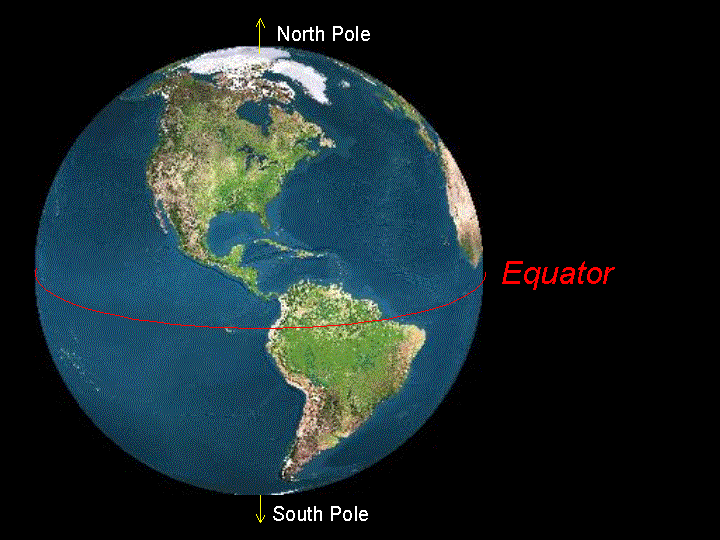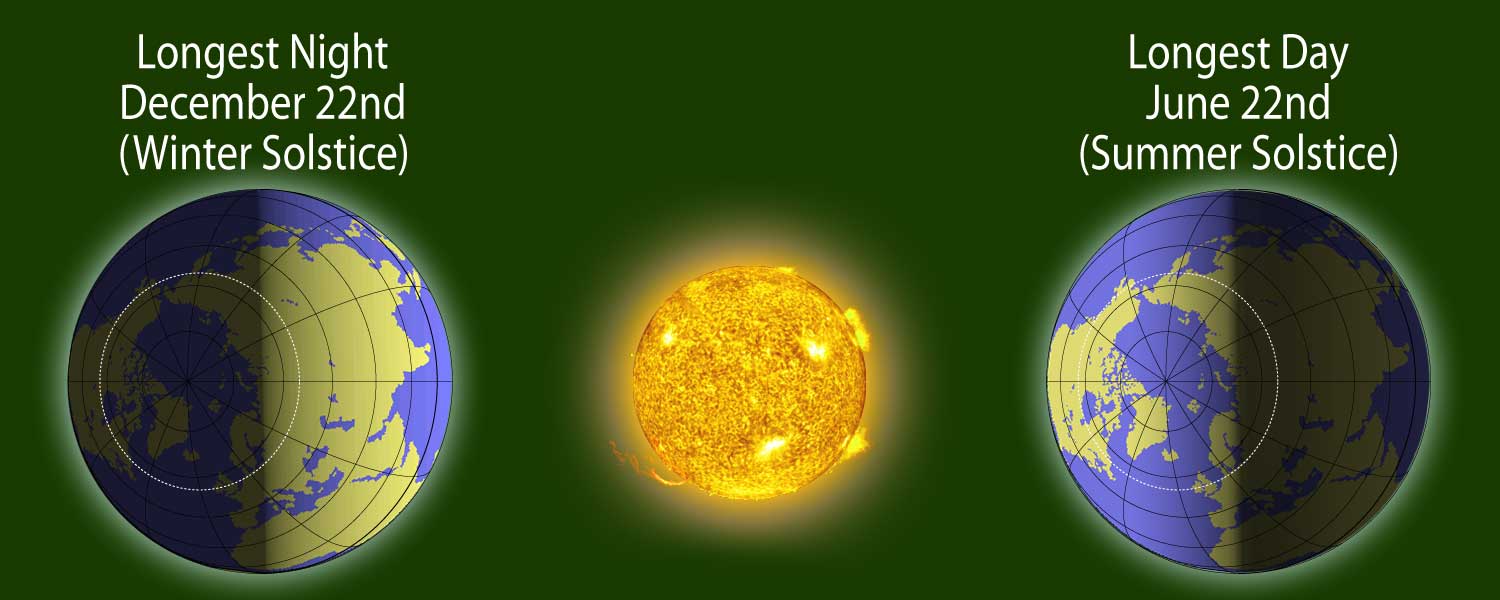Lithosphere Layer
Activities: Mini-Posters, BrainPop Video and ModelTopics: Earth's Interior, Earthquakes, Faults, Continental Drift and Volcanoes
Faults Summary
Faults are the movements of Earth's tectonic plates. There are three types of faults. These three types are: Normal
Normal faults are faults that happen when rock moves down. Reverse or Thrust faults are faults that happen when rock moves upward. The last type of faults is Strike or Slip faults which happen when rock slides.


Asthenosphere Layer
Activities: Foldables & Mini-Quiz and Demonstration Lab
Topics: Earth's Interior, Volcanoes and Convection Currents
Volcanoes Summary
Volcano is an opening in earth;s surface which releases melted rock and other gases. The melted rock inside of a volcano is called Magma but when it comes outside is called Lava. There are three types of volcanoes. These three types are: Shield Volcanoes, Cinder Cone Volcanoes and Composite Volcanoes.
Shield Volcanoes are very large and dangerous volcanoes because lava from these volcanoes flows in really long distances. These volcanoes are considered the most dangerous ones.
Cinder Cone Volcanoes are volcanoes that are made up of rock and dust. The last time of volcanoes are Composite Volcanoes. These types are volcanoes that are made up of double layers of ash.

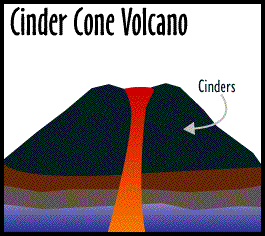
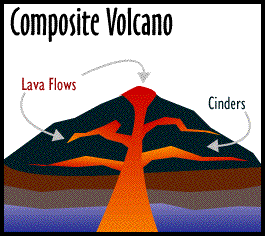
Mantel Layer
Activities: Narrative Video
Topics: Earthquakes
Continental Drift Summary
Continental Drift was an idea of a German scientist named Alfred Wegener. He thought that once, all continent were together in one single continent called Pangea. But over millions of years, these continents drifted apart until they arrived where they are now. Some evidence that prove this theory of Alfred Wegener are: Puzzles, Fossils, Rock Record and Mountain Ranges.
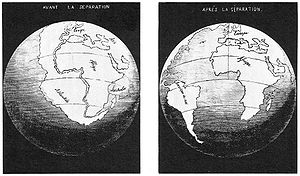
Critical Thinking Question
Do You Agree With The Theory Of Plate Tectonics? Why or Why Not?
I agree with this theory because scientist have made it possible to prove the fact that the earth's plates move some centimeter each year. This is proved by the sea floor spreading but also by the recent earthquakes and tsunamis that are happening.
Reflection
1.What did you enjoy most about this project and why?
Something that I really enjoyed during this project was finishing some activities because this project required some activities that we are not able to do in other classes and that made it very interesting and unique.
Something that I really enjoyed during this project was finishing some activities because this project required some activities that we are not able to do in other classes and that made it very interesting and unique.
2. What was most challenging for you during this project and why?
Because this project required a lot of activities and it was long, it was a little confusing but also it was hard to be finished on time because of the internship and assignments from other classes. That was a little challenging but otherwise, everything was very good and interesting.
3.What new skills did you learn from doing this project?
I didn't learn any new skill but even though this project didn't teach me new skills, it taught me more than that. Because of this project, I learned more about the things that I never knew or even heard before and It taught me more about the world that surrounds me.
4. Is there anything that you could have done to improve any of your work? Explain.
I could have done more practice so I would not stuck in some of the questions that Ms. Kara was asking me. Prepare for everything on time.


